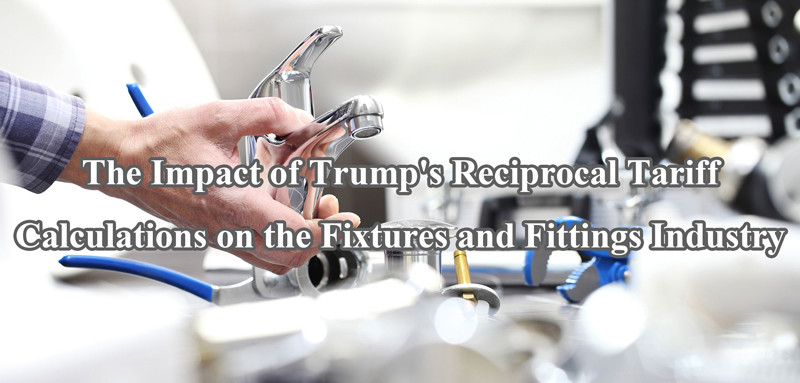 During his presidency, Donald Trump introduced a range of protectionist trade policies with the stated goal of rebalancing U.S. trade relationships. One of the more controversial and widely discussed aspects of his approach was the idea of reciprocal tariffs—a policy principle that sought to impose the same tariffs on foreign goods entering the U.S. as those countries placed on American exports. While this principle resonated with many of Trump’s supporters as a fair-play economic strategy, its ripple effects reached various sectors of the economy, including the often-overlooked fixtures and fittings industry.
During his presidency, Donald Trump introduced a range of protectionist trade policies with the stated goal of rebalancing U.S. trade relationships. One of the more controversial and widely discussed aspects of his approach was the idea of reciprocal tariffs—a policy principle that sought to impose the same tariffs on foreign goods entering the U.S. as those countries placed on American exports. While this principle resonated with many of Trump’s supporters as a fair-play economic strategy, its ripple effects reached various sectors of the economy, including the often-overlooked fixtures and fittings industry.
Understanding Reciprocal Tariffs
Before diving into the specifics of how this policy affected the industry, it’s essential to understand what reciprocal tariffs entail. Simply put, if a country imposed a 20% tariff on American-made steel, under Trump’s approach, the U.S. would impose a matching 20% tariff on steel from that country. The policy was aimed at leveling the playing field and reducing trade deficits by encouraging fairer access to foreign markets.
However, implementing such a policy wasn’t straightforward. The global supply chain is complex and interconnected. Many industries—including fixtures and fittings—rely on materials and components imported from multiple countries. Sudden changes in tariffs could lead to disruptions, price volatility, and strained relationships with overseas suppliers and customers.
What Falls Under Fixtures and Fittings?
The fixtures and fittings industry encompasses a broad range of products: lighting, plumbing fixtures (like taps and toilets), cabinetry hardware, bathroom accessories, door handles, curtain rods, and more. These are essential components in residential, commercial, and industrial construction and renovation. The industry sits at the crossroads of manufacturing, design, and construction, making it highly sensitive to both upstream material costs and downstream construction activity.
Supply Chain Disruptions
One of the immediate impacts of reciprocal tariffs was a rise in the cost of raw materials and semi-finished products. Many U.S. manufacturers of fixtures and fittings import essential materials like aluminum, brass, and stainless steel from countries such as China, Canada, and Germany. When tariffs were imposed on these materials, it led to a significant increase in production costs.
Manufacturers were faced with a tough choice: absorb the costs and reduce profit margins or pass the increased costs on to customers. In many cases, the latter occurred. The result was higher prices for fixtures and fittings, affecting not only consumers but also the broader construction industry.
Additionally, uncertainty over which countries would be targeted by new tariffs—and at what rates—caused supply chain instability. Businesses were forced to seek alternative suppliers, often at higher costs or with less reliable delivery schedules. Smaller firms, lacking the financial resources or global connections of larger companies, were especially vulnerable.
Domestic Industry Response
Some U.S. manufacturers of fixtures and fittings did benefit from the reciprocal tariff policy—at least initially. With higher tariffs placed on competing foreign products, domestic companies found themselves temporarily insulated from cheaper imports. This allowed some firms to increase market share and production.
However, this protection came at a cost. The rising prices of raw materials often offset the benefits of reduced competition. In some cases, American manufacturers still relied on imported components to complete their products. So even if a company was “Made in the USA,” its reliance on foreign parts made it susceptible to cost increases.
Moreover, retaliatory tariffs imposed by other countries on U.S. exports also affected manufacturers looking to expand overseas. Fixtures and fittings companies that had begun to make inroads in foreign markets found themselves facing new barriers.
Impacts on Construction and Real Estate
The construction industry, which is a major end-user of fixtures and fittings, also felt the pinch. With prices for hardware and finishings rising, contractors had to adjust project budgets and timelines. Some residential and commercial construction projects experienced cost overruns, while others were delayed or canceled altogether.
For real estate developers, particularly in the multi-family or hospitality sectors, the higher costs squeezed already tight margins. In some cases, developers opted for lower-cost, lower-quality fittings, which may have long-term implications for property value and durability.
Long-Term Strategic Shifts
The uncertainty and volatility created by the reciprocal tariff policy pushed many companies to rethink their supply chains. Some began exploring reshoring—bringing manufacturing back to the U.S.—but that process is slow and capital-intensive. Others diversified their supply sources, reducing dependence on any single country.
In the longer term, the policy accelerated conversations around supply chain resilience, sourcing ethics, and sustainable manufacturing. Companies that adapted quickly and invested in digital supply chain tools or automation found themselves better positioned to handle the turbulence.
Industry Sentiment and Outlook
While some business owners supported the spirit of the reciprocal tariff policy, citing the need for stronger American manufacturing, others criticized its implementation. Many felt that the policy was reactive and inconsistent, making long-term planning difficult. Trade experts also pointed out that tariff wars often escalate, leading to retaliation and broader economic fallout.
As the Biden administration and future U.S. leaders consider their own trade policies, the impact of Trump’s reciprocal tariffs on industries like fixtures and fittings will likely serve as a case study. It highlighted both the vulnerabilities of U.S. supply chains and the potential advantages of strengthening domestic manufacturing. But it also exposed the complexities of using tariffs as a blunt-force tool for economic reform.
Final Thoughts
The fixtures and fittings industry, while not often in the spotlight, was significantly impacted by the Trump administration’s reciprocal tariff strategy. From rising costs and disrupted supply chains to shifting market dynamics, the policy forced the industry to adapt in real time. As global trade policies continue to evolve, the lessons learned from this period—about flexibility, transparency, and strategic planning—will shape how businesses in this space move forward.
 WOWOW Faucets
WOWOW Faucets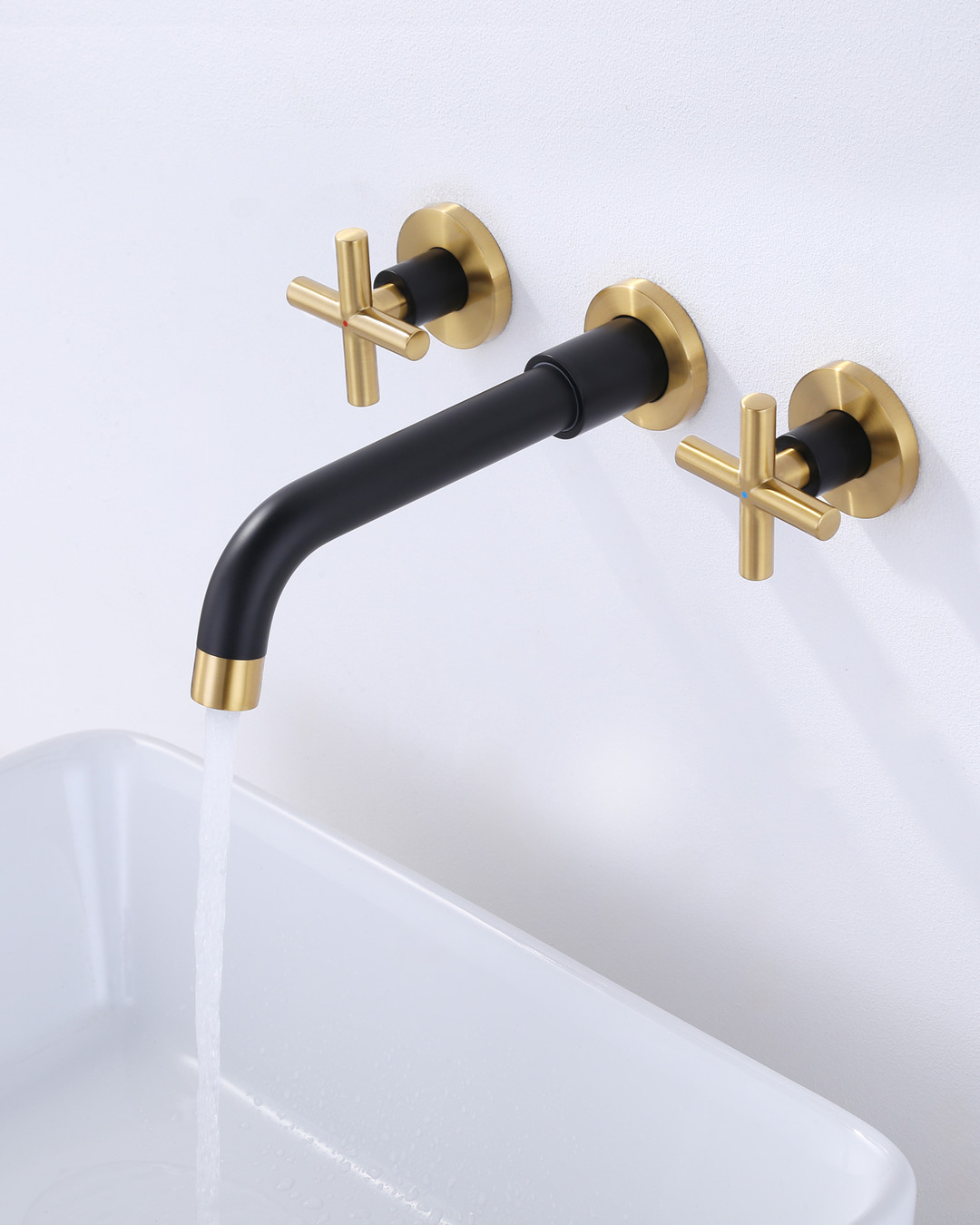

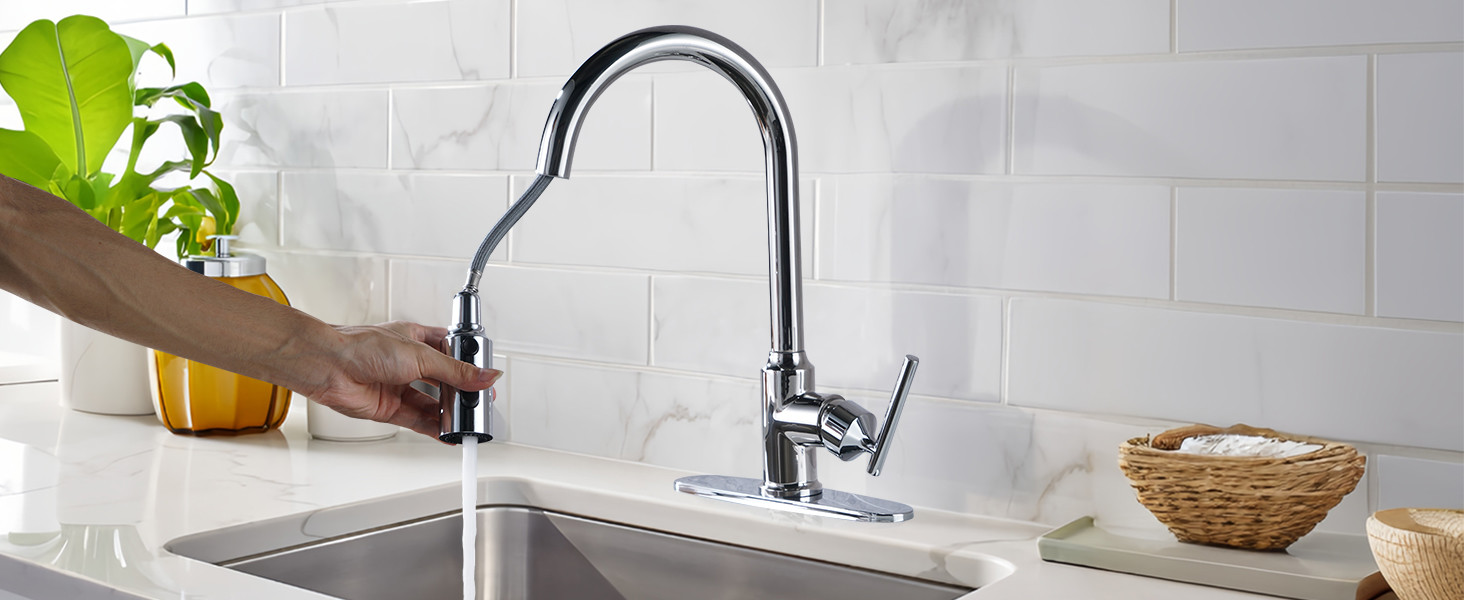



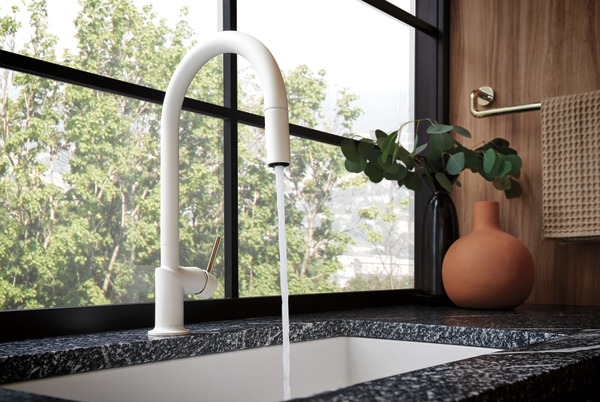
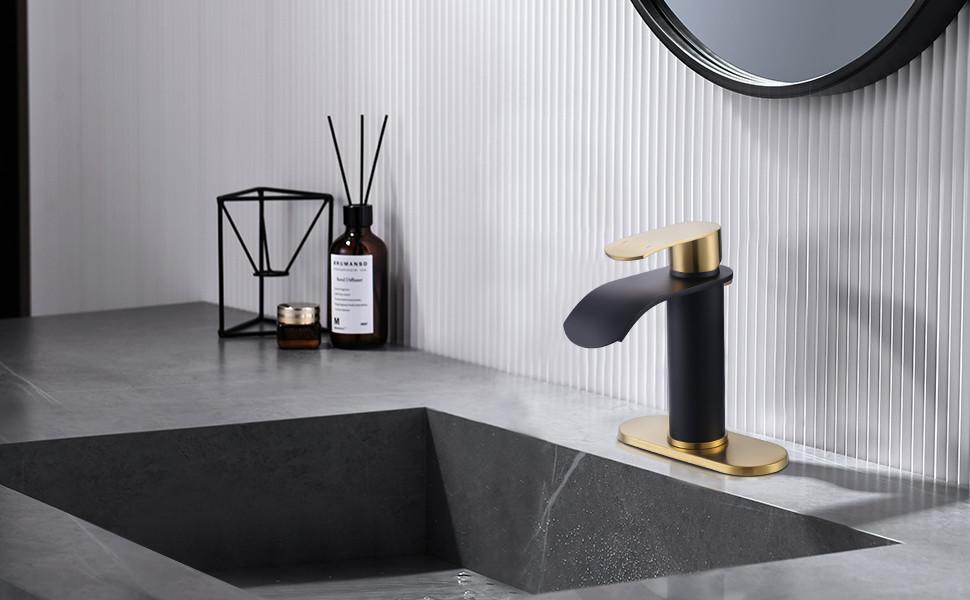
您好!Please sign in